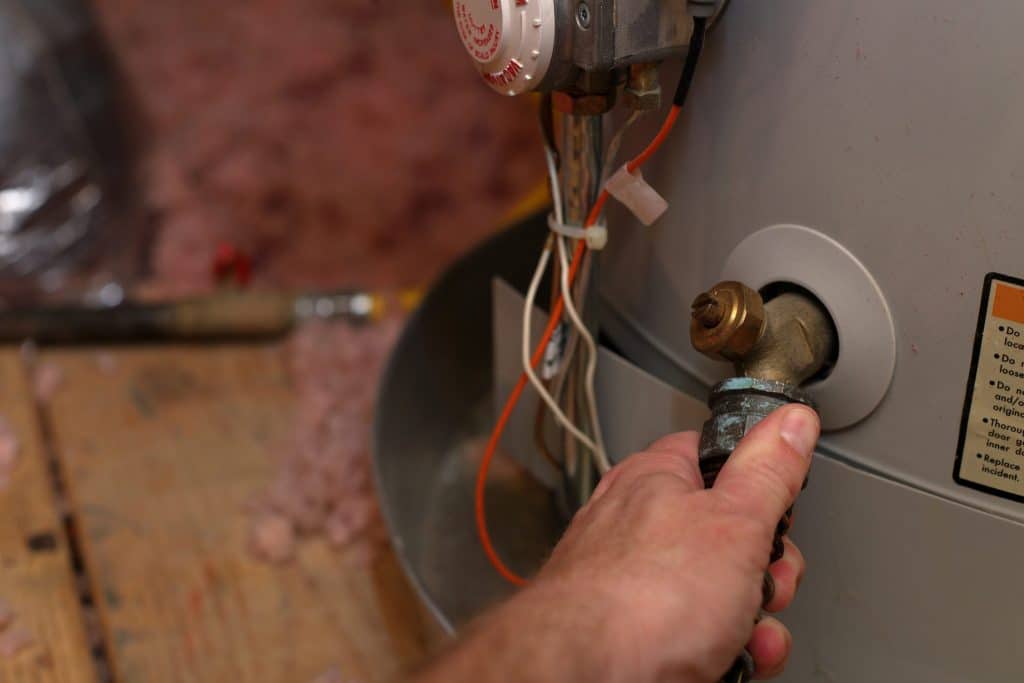When asked to list all the appliances in your home, the list is sure to be long. However, there is one item that most homeowners forget exists until it is no longer functioning. That often overlooked piece of equipment is your home’s water heater. It is the only appliance to provide warm water for an enjoyable bath or an invigorating shower, but we all tend to take it for granted. Then on that dreadful day when you endure a cold shower, you decide that it is time to begin paying a little more attention to that one-of-a-kind appliance. Just a little bit of care and maintenance is all it takes to have a decade or more of hot water at your fingertips.
A Good Annual Cleaning
All water contains some minerals and other particles that will settle into the bottom of your water heater holding tank. As this sediment accumulates, it forms a barrier between the heating element and the water that it is tasked with heating. When the sediment layer gets too thick, you can find that your water is not as hot as it once was. The solution is not to turn up the thermostat or get a new water heater. Instead, a simple drain and flush are all that is needed.
First, turn off the power to the water heater and shut off the water supply valve. Then attach a hose to the drain valve at the base of the water heater holding tank. Be sure the other end of the hose is placed in a drain as the water will be hot. Open the drain valve on the water heater to allow the tank to drain. When the tank is empty, open the water supply line to flush all sediment and particulates out of the holding tank. When the water coming from the hose is clear, the tank is clean. Close the drain valve and let the holding tank refill. Be sure to turn the power back on so that the water heater will heat your water in the freshly cleaned tank.
Test The Pressure Relief Valve
The pressure relief valve is a safety feature used to bleed off excessive pressure in the holding tank. It is located on the side of most water heater tanks and has a short metal or plastic pipe attached to it. When the pressure in the tank becomes unsafe, the valve opens to relieve the pressure. To test the valve’s function, place a bucket under the short piece of pipe and lift the lever on the valve. A small amount of vapor or water should come out of the tank. When you release the lever, the valve should immediately close and reseal the tank. If the valve does not open, reseat, or is hard to operate, schedule an appointment with your plumber to have it inspected, repaired, or replaced.
Regular Visual Inspections
While your water heater is designed to hold and heat water, it is not designed to have water dripping down the exterior or from any piping. And if this issue persists, it will cause corrosion and an early end to the life of your water heater. Take the time to visually inspect your water heater each month. Look for signs of a water leak, including puddles under the water heater, streaks of moisture on the tank’s exterior, moisture or corrosion on any of the pipe fittings, or bubbling on the tank’s surface. All of these are signs of a water leak that needs professional attention before they ruin your home’s water heater.
Call (214) 388-4525 for professional water heater service or repairs from the licensed plumbers at Metroplex Leak & Locate.


